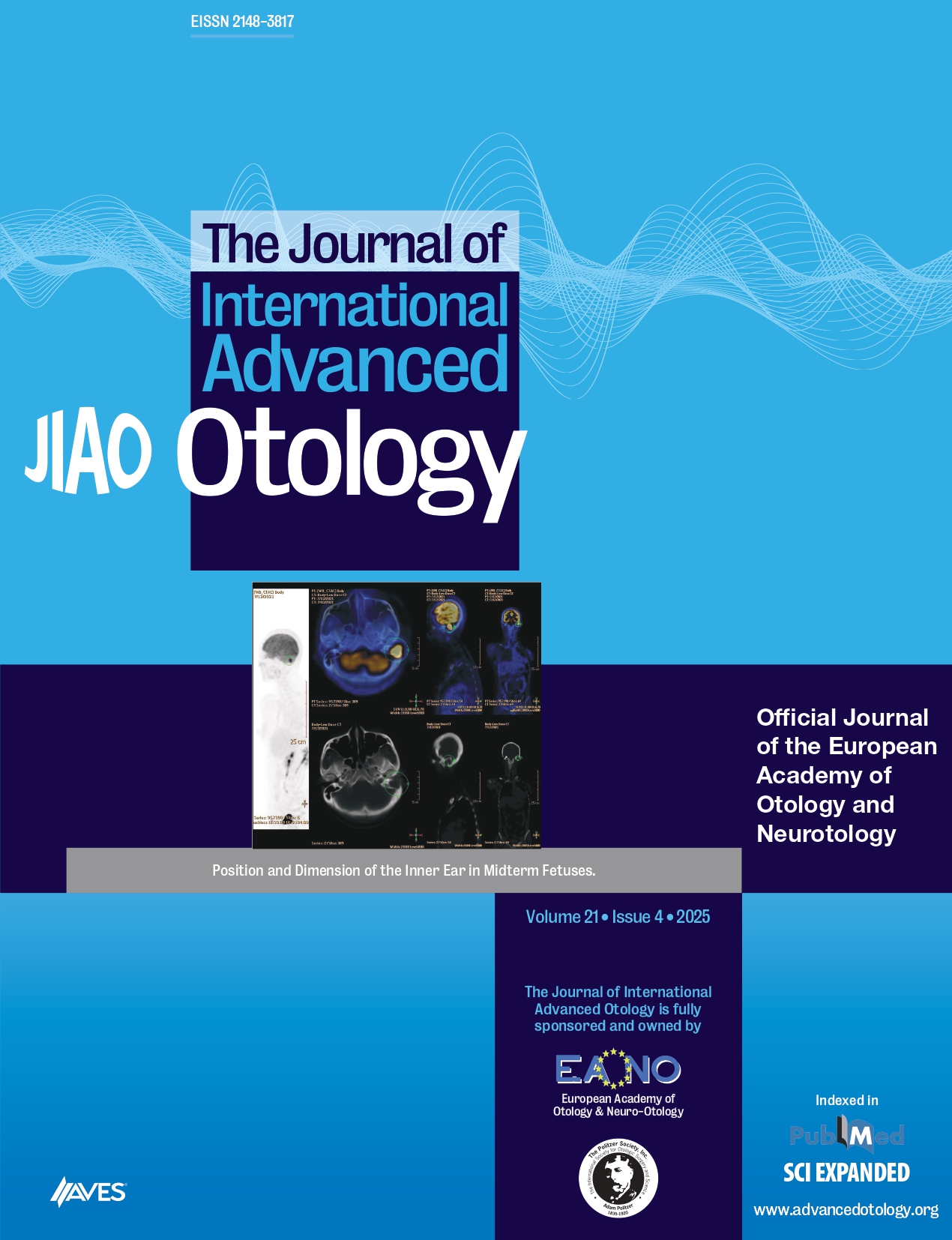OBJECTIVES: To assess the incidence and onset of cochlear obliteration after translabyrinthine and retrosigmoid vestibular schwannoma surgery.
MATERIALS and METHODS: We retrospectively identified a consecutive series of eighty ears in eighty vestibular schwannoma patients who were treated via a translabyrinthine or retrosigmoid approach by a single neuro-otological surgical team in a tertiary referral center from May 2011 to January 2018. Postoperative, high- resolution T2-weighted turbo spin echo three-dimensional magnetic resonance (MR) images of the posterior fossa were evaluated at the level of the membranous labyrinth and internal auditory canal. Perilymphatic patency of the vestibule, basal, and apical cochlear turns were scored and classified as patent, hypointense, partially obliterated, or completely obliterated.
RESULTS: Twenty-five vestibular schwannomas were treated with surgery via a translabyrinthine approach, and fifty-five were treated using a retrosigmoid approach; of these, 8% and 65%, respectively, showed no signs of perilymphatic alterations in the basal or apical turns, while 84% and 20%, respectively, showed partial or complete obliteration in the basal or apical turns with a mean postoperative interval of 127 and 140 days, respectively. All the patients who underwent multiple MR scans and had a completely patent perilymphatic system on the first postoperative scan remained patent during subsequent scans; 16% of the patients showed worsened perilymphatic appearance. The onset of cochlear obliteration occurred within 2–7 months in most translabyrinthine patients.
CONCLUSION: These findings may support the need for simultaneous cochlear electrode or dummy implantation in translabyrinthine surgery. Second-stage implantation could be feasible in cases where a retrosigmoid approach is used; however, the implantation should be considered within the initial months to avoid cochlear obliteration. Findings on the first postoperative MR could indicate the need for intensified MR follow-up and may even predict the occurrence of cochlear obliteration.
Cite this article as: van Waegeningh HF, Loos E, van Havenbergh T, Somers T. Cochlear Patency after Translabyrinthine and Retrosigmoid Vestibular Schwannoma Surgery. J Int Adv Otol 2020; 16(1): 53-7.



.png)
.png)